Yesterday DH and nephew dug out the big butterfly bush in the front bed. It was looking pretty dead and had shown no signs of life after being cut back earlier in the month. I decided it was time to try something different so, taking advantage of the availability of nephew's labour, it was time for BB to go! Getting it out was not easy. It was a big bush so they had to excavate quite a hole!
The BB in late July last year:
{{gwi:235281}}
The excavation:
{{gwi:235282}}
The stump:
{{gwi:235284}}
We replaced the BB with a 'Berry Blue' haskap (Lonicera caerulea), as a pollinator for a 'Borealis' haskap we planted nearby. I've been wanting to try these fruiting shrubs ever since I first read about them, but didn't have a place for them. I gather that it was wise to wait in any case as the newer varieties are crosses between the Russian and Japanese ones and have better-tasting fruit. I was pleased to read (see link below) that they do fine in heavy clay soil, don't sucker and stay in neat mounds with only occasional pruning required. An old thread on the Shrubs forum had mixed opinions (most of the plants were older varieties) with the main complaint being that they were rather dull shrubs! Since they fruit early - before strawberries - I'm going to try to plant Group 3 clematis with them. I figure I'd be able to cut the clematis down in early spring and the clematis will grow back and flower after the haskap have fruited and been harvested. I'll likely take at least 3 years for the shrubs to start producing a reasonable crop. It should be an interesting experiment....!
I have two concerns re adding the haskap:
- The BB added a nice vertical element to the front bed while the shrubs will only be 4'. But I think there are enough other tall elements that the loss of the height from the BB won't be too much of an issue.
- I have been replacing perennials with other smallish shrubs in the last year or two. They are all currently young and small, but as they get older it may make the bed overgrown. There's a very good chance that there will be more shrub-excavations required in a few years' time! :-)
In the meantime it'll be fun to watch the garden change - experiment; experiment...!
Here is a link that might be useful: haskap
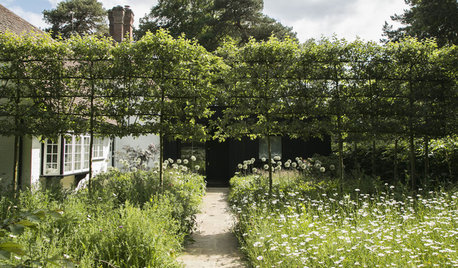
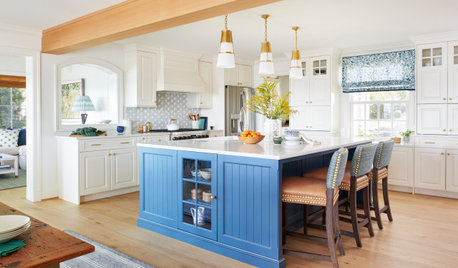
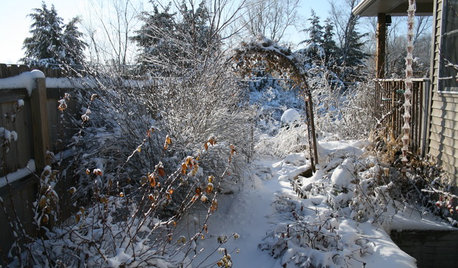
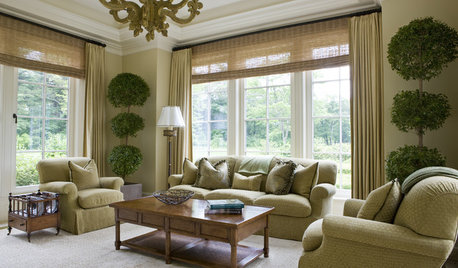
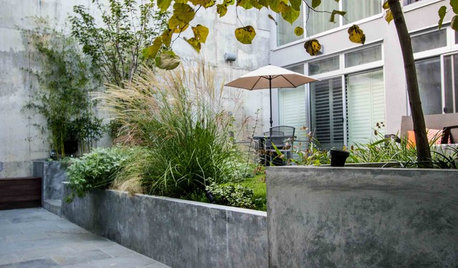






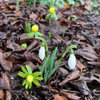
ken_adrian Adrian MI cold Z5
rouge21_gw (CDN Z5b/6a)
Related Professionals
Tempe Landscape Architects & Landscape Designers · Forest Acres Landscape Architects & Landscape Designers · South Elgin Landscape Architects & Landscape Designers · Lakeland Landscape Contractors · Edmond Landscape Contractors · Bellefontaine Neighbors Landscape Contractors · Columbine Landscape Contractors · Fort Atkinson Landscape Contractors · Fort Hunt Landscape Contractors · Lorain Landscape Contractors · Mahwah Landscape Contractors · Raleigh Landscape Contractors · Woodland Landscape Contractors · York Landscape Contractors · Shenandoah Landscape Contractorswoodyoak zone 5 southern Ont., CanadaOriginal Author
BlueBirdPeony